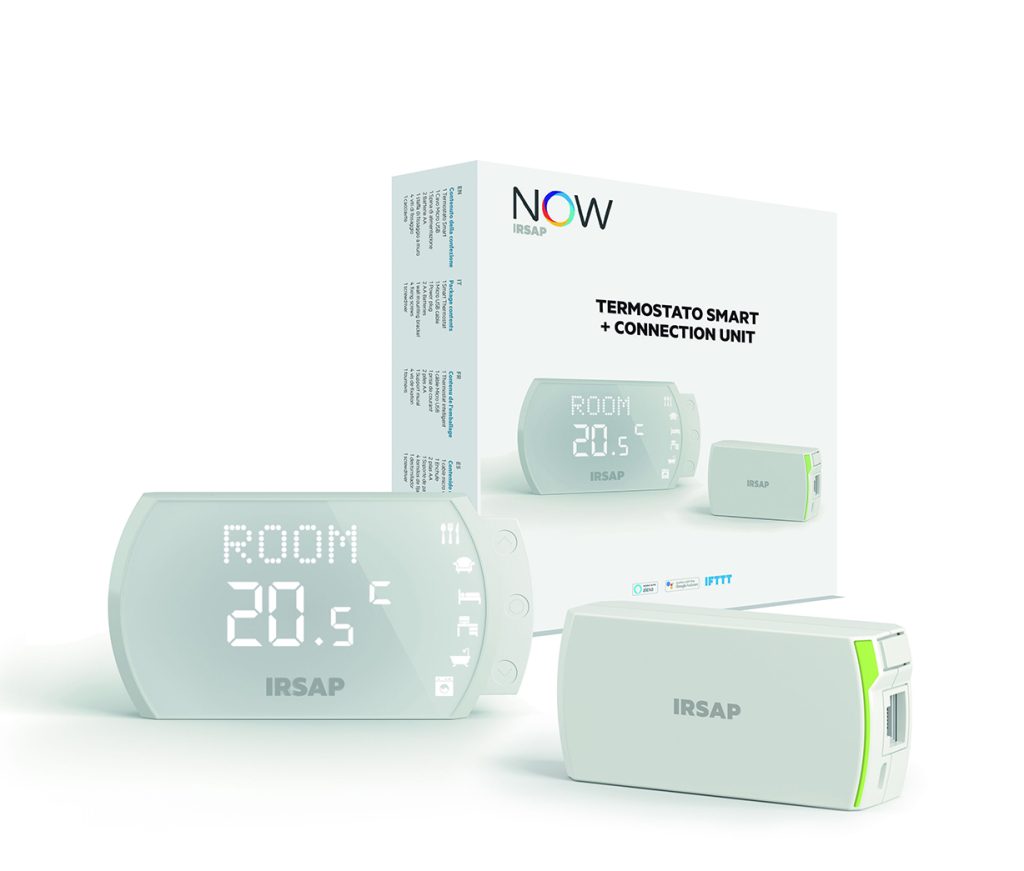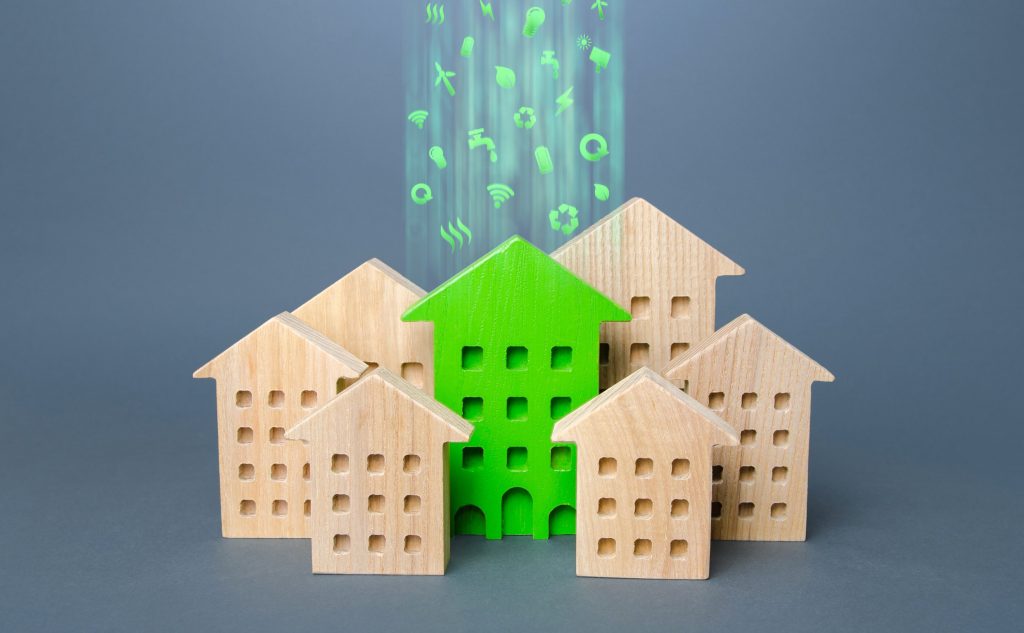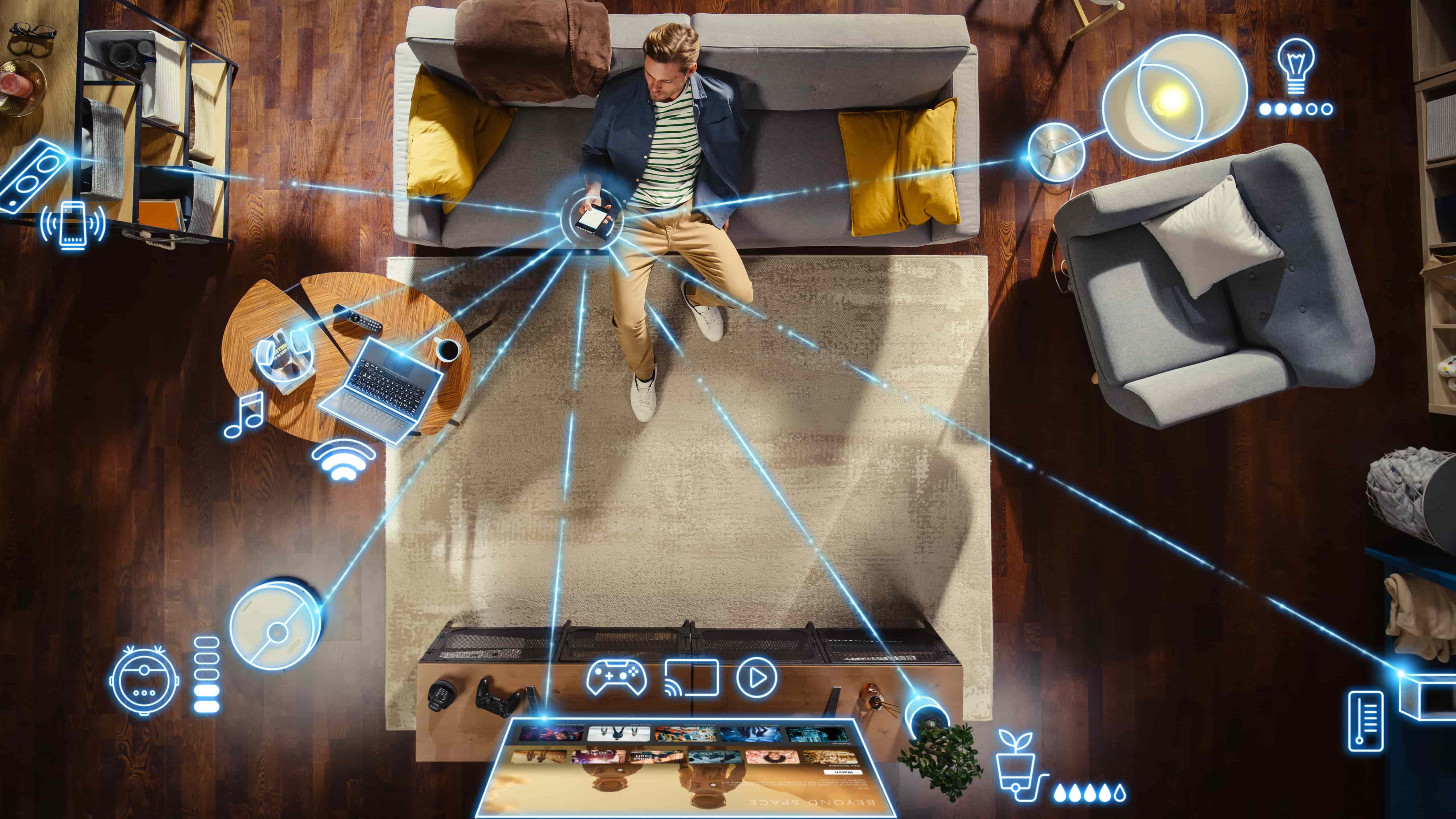
How to set up your smart home
The evolution of technology applied to homes and the management of their systems has made great strides in recent years. From lighting to surveillance, from the kitchen to heating, let's explore how to make our homes smart and achieve maximum benefits, including economic savings.
How does a smart home work?
A smart home refers to a residence equipped with systems and devices for a total or partial automation, more commonly known as home automation. The electrical system or the heating system, for example, can be monitored and managed using:
- smartphones and applications;
- touch screens;
- voice assistants;
- remote controls.
Control can occur while one is at home or remotely: users can better organise their return after a day out for work or leisure and constantly monitor the environment while on holiday.
Depending on the available tools, management can be:
- completely autonomous, based on predetermined parameters;
- partially autonomous, requiring input or commands.
To make your home smart, you can install wireless or wired control systems.
- Wireless systems connect to Wi-Fi and the internet.
- Wired systems require connections with cables.
While a complete transformation to a fully automated space may involve a whole replacement or renovation of the systems, making a home smart may only require some simpler and more immediate steps.
- Home automation refers to an entire system dedicated to controlling all aspects of a residence.
- The smart home materialises with individual devices, sometimes interconnected for specific functions, managed autonomously and remotely.
What do you need to set up a smart home?
Voice assistants, light bulbs, vacuum cleaners, refrigerators, and thermostats: these are just a few examples of devices that contribute to making the home smart.
- Tools like Google Home or Alexa and the wide range of voice assistants make it possible to turn on lights, listen to music and set timers with immediate voice commands from any point in the room. Thanks to the Wi-Fi system, they become the “engine” of a smart environment connected to them. Advanced versions are equipped with a display to view video content and infographics.
- A smart light bulb is straightforward to install and offers various functionalities. It screws into the lamp like traditional ones, with the added value of Wi-Fi connection to turn lights on and off through voice commands. Market models allow for changing colours and their temperature to have warmer or cooler lights based on preferences or the time of day.
- A robot that moves autonomously and collects dirt and dust from the floor: this is the concept of smart applied to vacuum cleaners. Easy to control from a mobile phone or by voice, it can be set to operate when no one is at home.
- Milk, cheese… anything else? The answer to the Hamlet-like dilemma during shopping comes from a smart refrigerator that recognizes its contents and can regulate the internal temperature, avoiding energy waste and becoming an eco-friendly device. It is just one of the components, along with the oven and smoke detectors, that makes the kitchen smart.
- From stoves to laundry: a smart washing machine means programming the wash with a click on the smartphone screen, receiving notifications about maintenance and unforeseen events, relying on a device that chooses the best program with an eye on sustainability.
There are also intelligent surveillance systems, with which to inspect indoor and outdoor spaces in real-time and get notifications in case of anomalie, or smart TVs, increasingly widespread and now integrated with voice-command devices. And yet, smart plugs: seemingly identical to traditional electrical outlets but with Wi-Fi technology to interrupt the power at any time and from any location.
To be fully smart, a home must have a heating system of this kind. Installing a Wi-Fi thermostat, connected to the internet and integrable with voice assistants, brings significant advantages, including remote communication to set the temperature and have everything under control with app notifications.
Setting up a smart home
A home becomes smart not only through voice commands and the ability to smartly manage its components but also through home automation in general. This includes all products with particularly advanced technological components, which have seen significant development to meet the need for reducing energy waste and addressing the challenge of sustainability.
Reducing electricity consumption, optimising device operating times and using gadgets with high energy efficiency are undoubtedly approaches that help create a smart home, also in terms of environmental impact.
In this perspective, the heating system plays a key role and its smart components become essential. As mentioned earlier, a smart thermostat can:
- accurately measure temperature;
- detect air quality;
- indicate humidity levels;
- set degrees in different rooms of the same house with multi-zone mode.
The results improve when smart thermostatic valves are added to the thermostat. These valves allow programming heating according to the daily and hourly habits of the residents and they can interrupt heat delivery from the radiator if they detect an open window nearby, containing heat loss and unnecessary consumption.
Both products are easy to install and versatile: smart valves are compatible with all radiator brands, while the Wi-Fi thermostat is configurable with boilers as well as other heat generators.
How much does it cost to set up a smart home?
The investment for a smart home takes into account the type of intervention you want to perform.
- A complete home automation system requires wiring and the costs vary depending on the size of the residence, the devices and their functionalities.
- Introducing individual smart elements results in lower expenses, still depending on the kind of equipment you intend to purchase: ranging from more affordable items like smart light bulbs to considerably more substantial investments like a smart oven or refrigerator.
For intelligent heating, a high-quality smart thermostat typically ranges around 120/130 pounds, while a top-tier smart thermostatic valve does not exceed 90 pounds. A third component like the Connection Unit, for the connection of the devices with remote control, is indicatively around 110 pounds.
Other articles
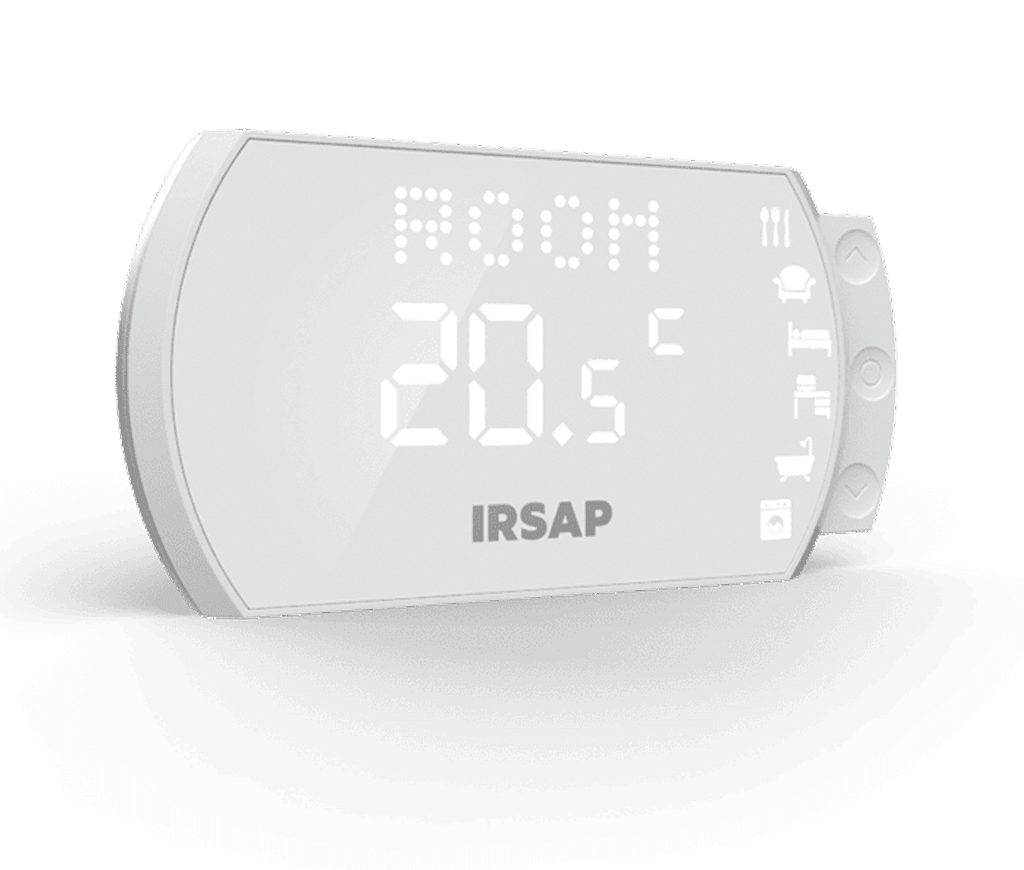
Smart Thermostat
The Smart Thermostat allows you to precisely set and measure the temperature of the room in which it is installed. Thanks to its advanced functionalities it also allows you to control humidity and air quality.
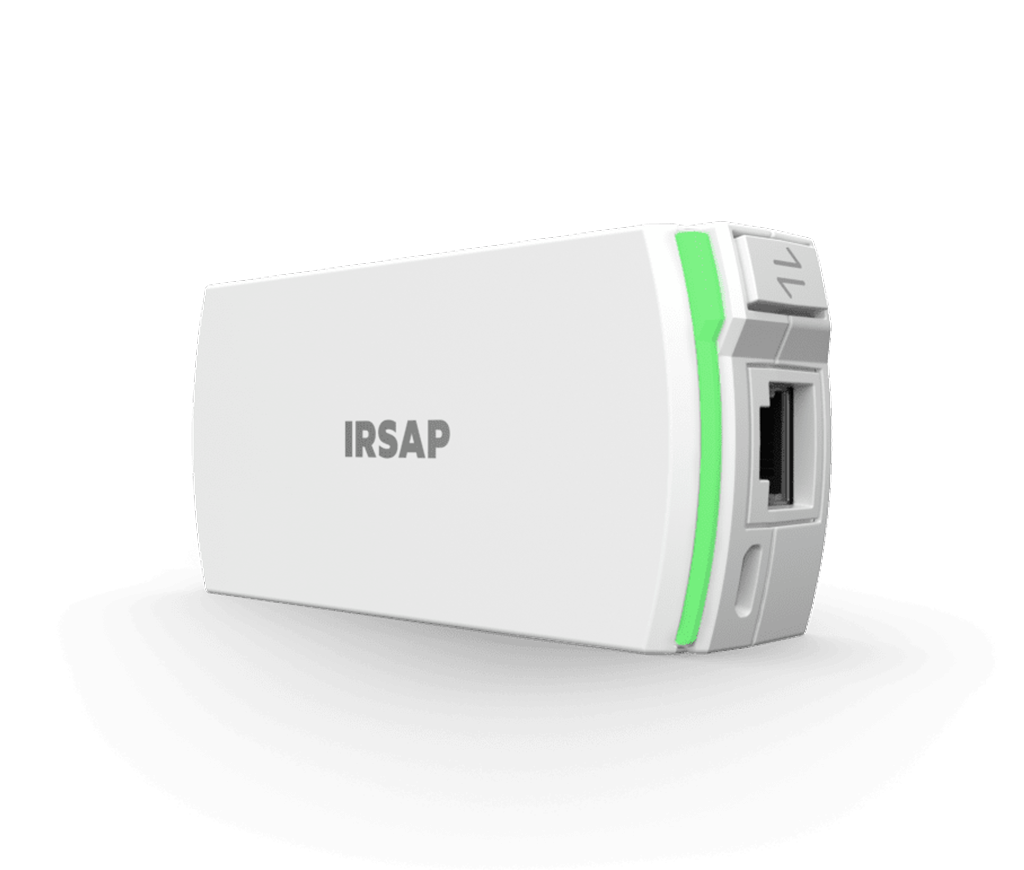
Connection Unit & Repeater
The Connection Unit is connected to your home router and is indispensable for controlling all the other devices in the system from wherever and whenever you want directly from your smartphone.
